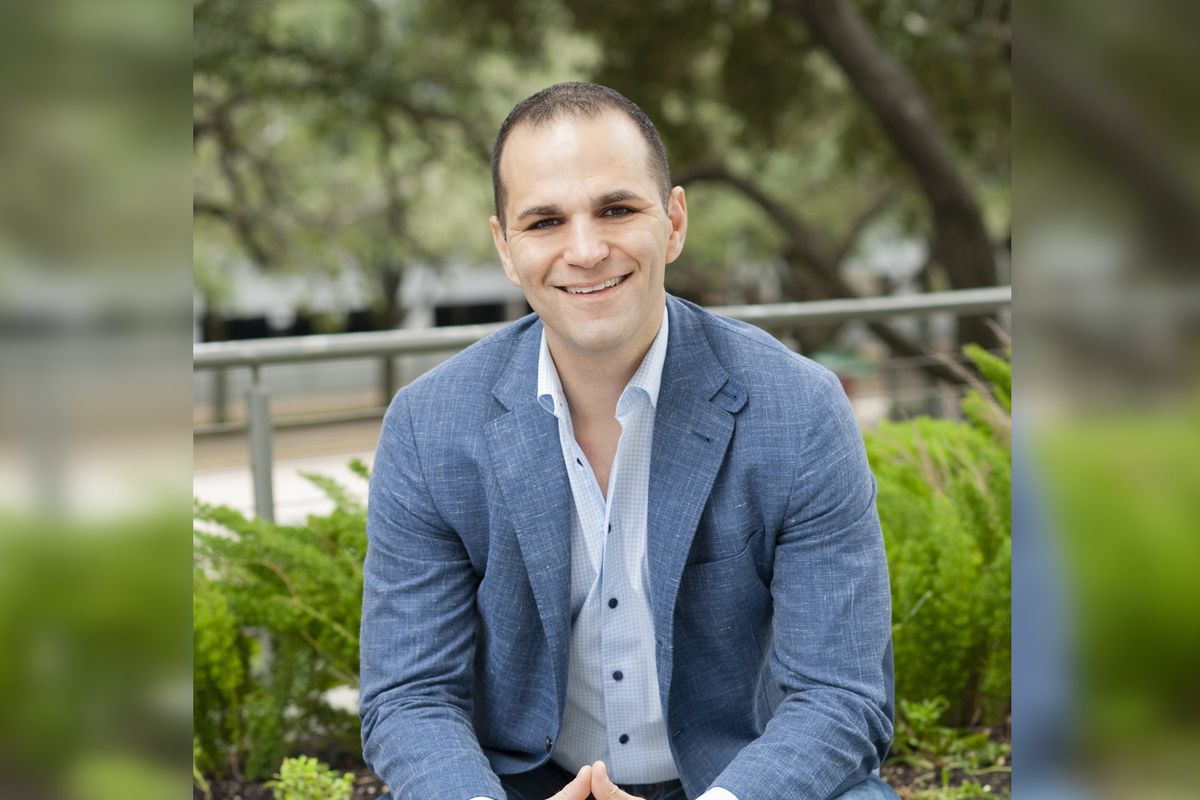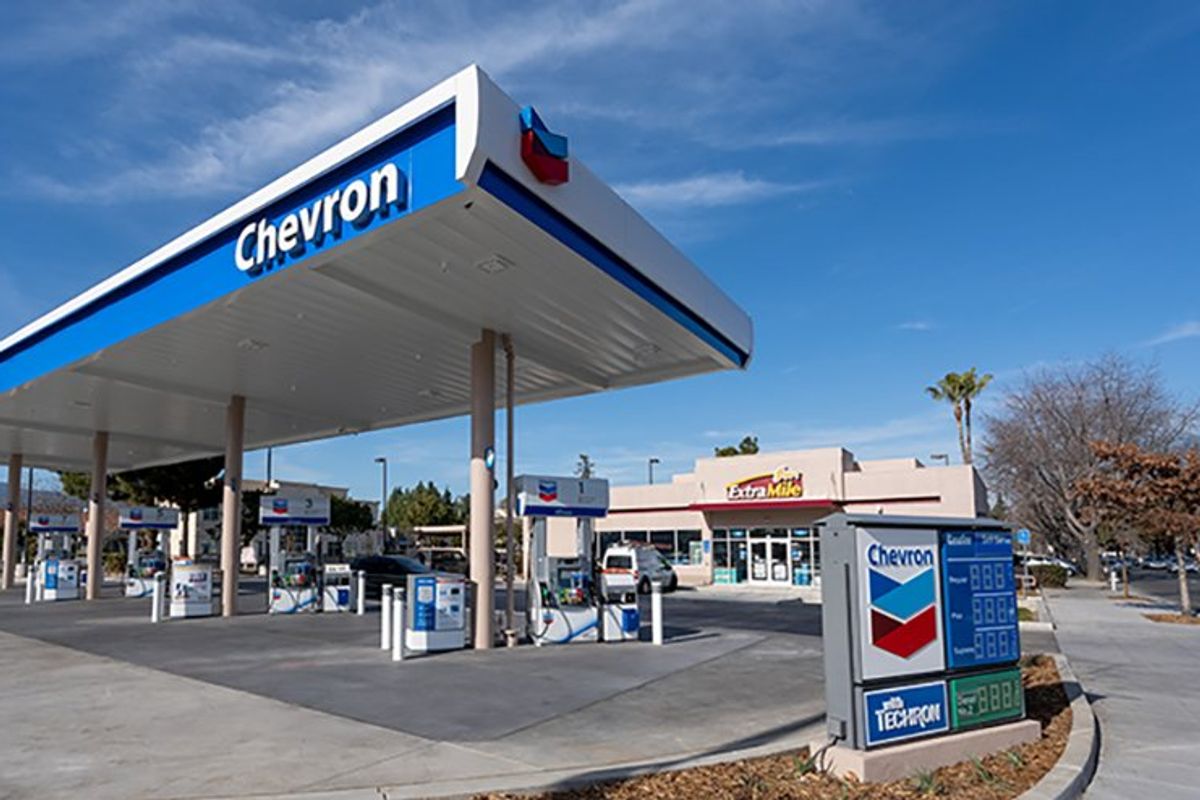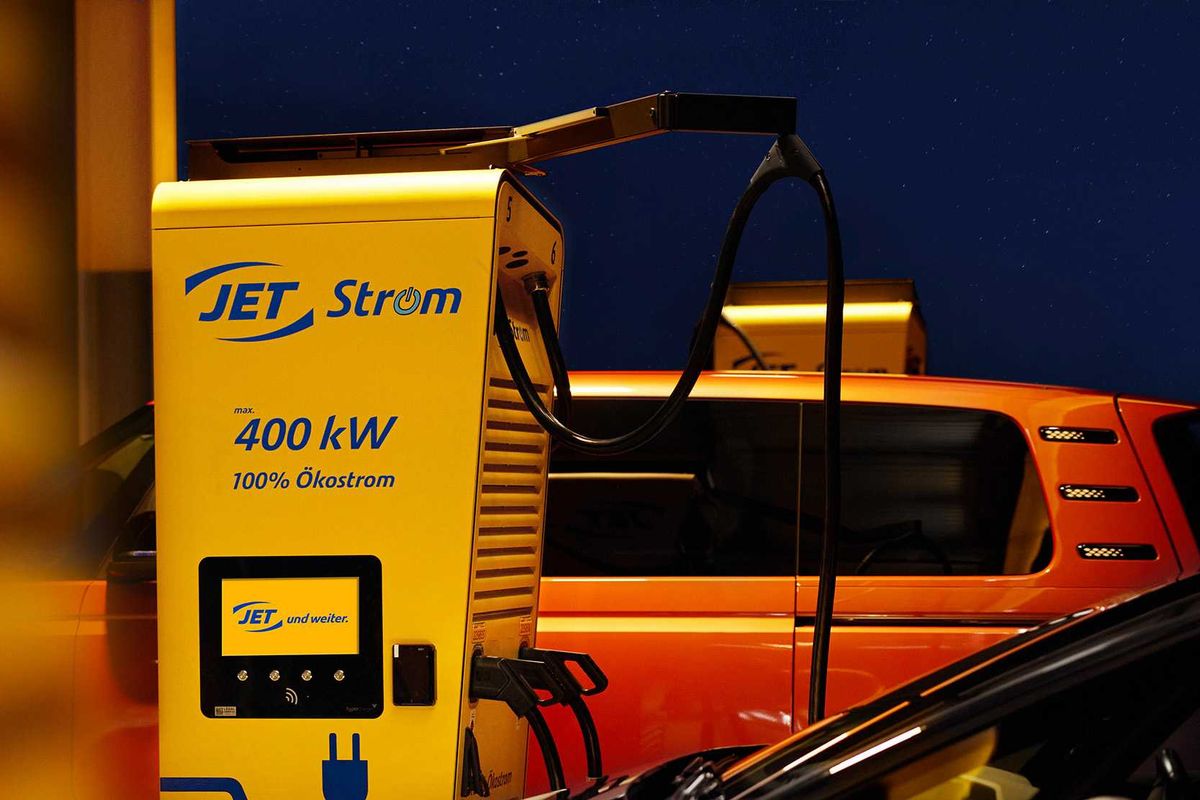Energy tech professional shares 3 business development tips for 2024
guest column
The post-pandemic world of business development looks a lot different than it did in 2019. I started my first “sales” role in 2014 at a large, international company, and my days were filled with in-person meetings, often visiting four or five different prospects. The pandemic shifted this approach, as we all moved to web-based platforms and face-to-face meetings dwindled.
Fast forward to 2023, when I joined the Houston team at Square Robot, a startup that was trying to disrupt an industry. I had to learn how to navigate a post-pandemic sales world — where hybrid work, reliance on emails, and video based web calls are now the norm — coupled with the challenges of working for a relatively new company.
I think many working for startups will agree that the first barrier encountered in trying to build and grow your business is addressing the “who” in the equation. You are battling your prospect’s already busy schedule to earn a few minutes of their time, which is an uphill battle when the company is relatively unknown. Not to mention, startups often run into internal delays just from encountering a concern or problem that hasn't been sorted out before. A successful startup is made up of people who, when encountering that sort of a situation, instinctively and proactively figure out the way to solve it instead of sitting back and saying, "We don't have a tool I can use, so I can't get this accomplished.”
While there’s no perfect formula for how to drive sales at a startup, I can share my personal experience and success from the past 15 months at Square Robot. The company put their faith in me to develop business in an untapped market segment: the power industry. In one year, I grew this market by over 300 percent, despite the majority of prospects having never heard of Square Robot. There were a few key steps to my success, which included adjusting to the shift in work operations since Covid-19.
The power of developing a brand
My first focus was on developing my personal brand as an ambassador for Square Robot. Not only did I dive into learning all aspects of our robotic services, but I then did the same in the power industry. I heavily relied on LinkedIn to build my brand as a knowledge center, often creating short videos, posts and even articles about the benefits of Square Robot’s service for the power industry.
I found that in a business world that’s inundated with endless emails and cold calls, social media was an easy way to get in front of prospects without the pressure of calling as they’re stepping into a meeting or too busy to speak. The recognition of name and company from LinkedIn translated across the traditional platforms. I connected and messaged on LinkedIn, followed by email and phone outreach. Overall, about 75 percent of my closed opportunities in 2023 began with outreach on Linkedin.
Tapping into relevant organizations
As I continued to learn more about the power generation industry, I looked for associated research and non-profit groups. From there, I found the Electric Power Research Institute, and subsequently, Square Robot was accepted into a program to showcase new technology directly to the end user.
I also researched industry specific conferences and publications for either speaking submissions or written pieces, which are great avenues to grow the brand of a startup company while paying close attention to budgeting.
Making time for in-person meetings
While finding ways to raise the profile of Square Robot was important, I also wanted to make sure I still had the face-to-face connection that makes a lasting impact. True success in this role takes business development into relationship development, and I made it a priority to visit new clients when Square Robot was onsite providing service.
Taking the time to meet in person with the people and teams I’ve spoken with countless times — sometimes across months — helped to build trust and uncover additional opportunities. People are much more likely to answer emails or calls when they can put a face to a name. Many times I used this visit to extend my reach into a company, asking for introductions to other locations or areas.
Even though 2023 was an achievement for myself and Square Robot, it comes with the expectation of continued growth. In the startup world of business development, this means constantly engaging with potential audiences in new and different ways, not being deterred when things take time or you fail, and having creativity and tenacity to drive sales.
------
Stephanie Nolan is director of sales at Square Robot, which is headquartered in Massachusetts but has a growing presence in Houston.
This article originally ran on InnovationMap.










